How to plant raspberries correctly
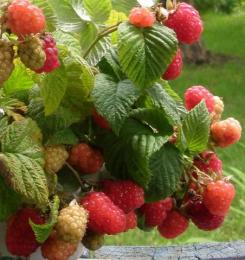
Raspberries are a very unpretentious plant and can grow freely even in an abandoned garden. But without care, it quickly grows overgrown and bears less fruit. Gardeners and summer residents must adhere to several rules of proper landing and caring for raspberries, and then the result of your work will be well-groomed bushes and a bountiful and high-quality harvest.
Content:
- Selection of place and method of placing raspberries
- Soil preparation
- Planting raspberries
- Tying raspberries
- Pruning raspberry bushes
Selection of place and method of placing raspberries
By spring or autumn, you should decide on the location of the raspberries in the garden or garden, and choose a method for planting them.
Growing space Raspberries should not only be well lit, but also be protected from strong winter winds.
Quite often it can be seen along the fence on the south or southwest side of the vegetable garden or garden.
Raspberry neighbors should not be potatoes, strawberries, tomatoes and fruit trees.
It can be planted in the place where gooseberries, chokeberries or currants grew last year.
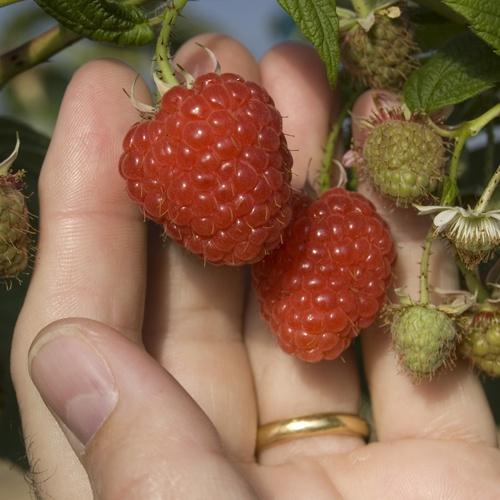
To place raspberry bushes in several rows, they should be planted at intervals of at least 70 cm, and there should be at least 1.5 m between rows. 2 seedlings are placed in each hole. The optimal distance will allow you to more comfortably care for growing raspberries, and each bush will receive the necessary dose of sunlight and bear fruit abundantly.
For the ribbon method of placing raspberries, make a strip of raspberry stems with a ribbon width of 50 cm. Plant raspberries every 35-50 cm, keeping a distance between ribbons of 1.8-2 m.
Soil preparation
If you want to plant raspberries in the fall, then the soil should be prepared 1.5 months before. For 1m2 you will need:
- manure 10-30 kg;
- superphosphate 60-80 g;
- potassium sulfate 40-50 gr.
If the soil is heavy clay or sandy, add more manure. On peat soils Additionally, sanding is carried out - 4 buckets of sand per 1m2.
If you plan to plant raspberries in the spring, then before planting, mix fertilizers with the upper, more fertile layer of the soil on which they will grow. And fill the hole with the mixture.
A few weeks before planting, you need to dig holes (50 cm x 40 cm), folding the top layer of soil separately from the bottom.
If it was not possible to prepare, then pour the prepared mixture into the hole. For it you will need:
Planting raspberries
If in the spring the soil in the holes prepared for raspberries becomes compacted, then it needs to be loosened and planted. In the fall, add a layer (5-10 cm) of fertile soil to the hole without using fertilizers and plant a seedling there. Then you need to fill it with the top layer of soil without fertilizers or with peat crumbs (in a 1:1 ratio).
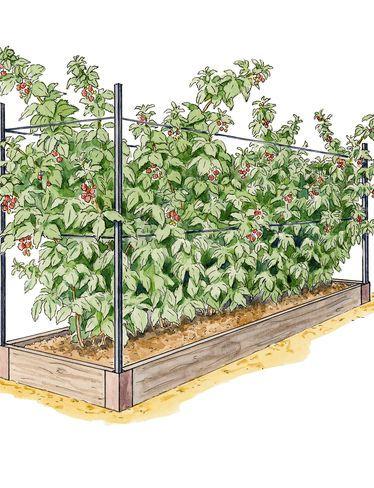
When planting, spread the roots in different directions, shaking the seedling so that the soil fills the entire void between the roots.
It is necessary to ensure that the replacement bud is located a few centimeters below the surface of the earth.
Then lightly compact the soil around the raspberries by making a small hole, water it, then cover it with humus, old straw or sawdust. After a few days, repeat watering, then focus on the weather.
Tying raspberries
Place posts 1.5 meters high along the rows of raspberries, between them at a height of about a meter from the ground, tie galvanized wire about 5 mm thick. Raspberry shoots should be tied to it. This whole system of posts with wire and tied shoots is called trellis.
After a year, it is recommended to add 2 rows of wire to it: bottom and top. Tie the bottom one at a height of about 30 cm from the surface of the ground to the trellis and additional pegs. It is necessary for tying bent annual raspberry shoots in early autumn. The top one is pulled at a height of 1.5 m.
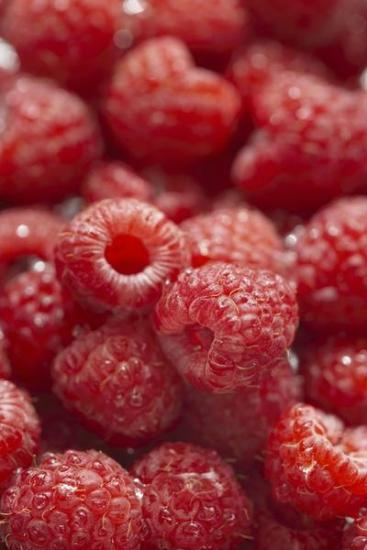
Every year, tie up raspberries so that the distance between their shoots is about 10 cm. Proper use of a trellis will provide protection from snow and thaws and convenience during harvesting.
Pruning raspberry bushes
To maintain the neatness of the bush and its size, the bushes should be pruned annually in the spring. This is also useful because in the end the berries will be large and juicy.
The recommended number of shoots on one raspberry bush is seven. Cut off old and unnecessary new shoots, and tie the remaining ones to the wire with twine.
If the seedling has a well-developed bud on the rhizome and on the raspberry stem itself, as well as the root system, then it can be shortened to 35-40 cm. And a sick raspberry covered with traces fungal diseases, with dead buds - cut off near the soil and burn.
If you follow the rules and recommendations when planting raspberries, the first harvest can be harvested in the same year, but a full and abundant harvest will be in the third year after planting. After 10 years, the raspberries should find a new place on the plot and repeat the entire process of properly planting raspberries.

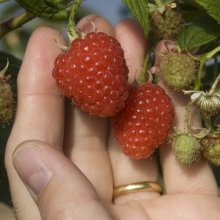
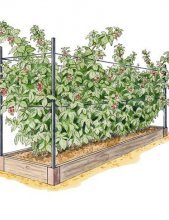

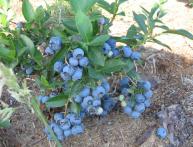
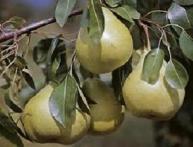
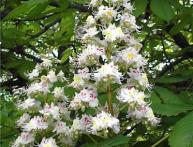

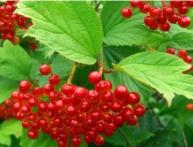
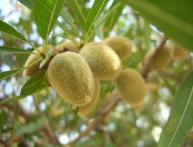
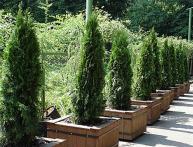
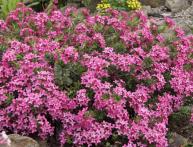
Comments
Every year it is advisable to apply organic fertilizer in the form of rotted manure to the raspberry bushes. For greater yield, you can cut off the top of the branch, then there will be more shoots with peduncles on the stem.
Our raspberries have begun to bear fruit much worse. This is probably because we forget to trim it, and in general we don’t take care of it enough. Somehow we got used to the fact that it grows on its own and does not require much care. We need to fix this, of course, it doesn’t matter that our raspberries are so abandoned.
Now there are many different varieties that you don’t want to ignore and see in your garden. Our raspberries are planted in the middle of the trees, as I see from the article, the location is not entirely correct. If something happens, we will correct it, and then we’ll see how it bears fruit.
How to prevent raspberries from growing all over the area? Raspberries are gradually growing in breadth with their creeping roots, maybe there is already some effective modern remedy? Or, in principle, nothing changes in gardening? And another question: If you don’t tie raspberries to trellises, does this somehow affect the yield?
I didn’t even think that I had to take care of them like that. We decided to change the variety, and I will do everything as described here. I think there will be more berries, juicier, larger. Thank you!